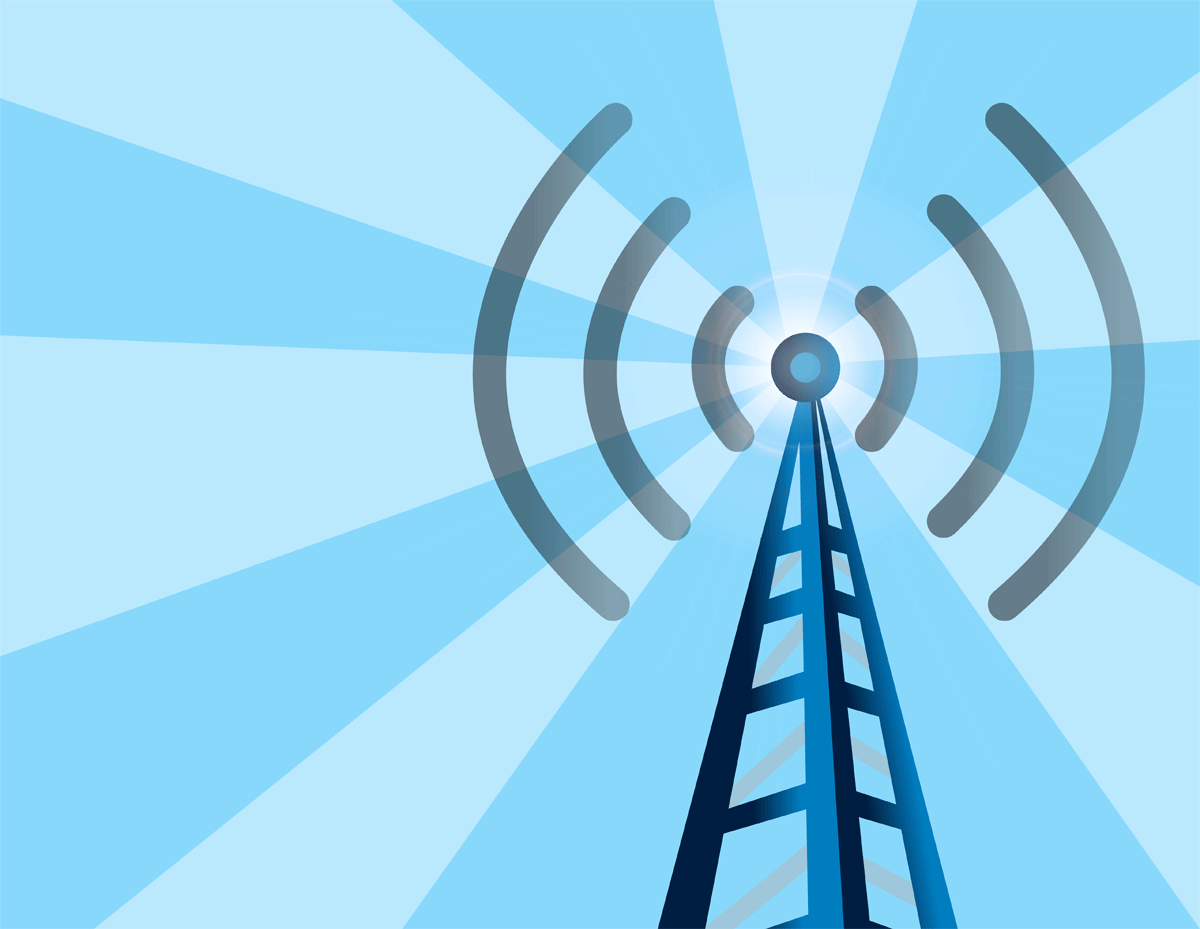by User | Jun 4, 2015 | Basics, Information, News
The Interface Repository
Interoperability, which is critical to the success of the Internet of Things, is best accomplished through shared or “open” structures and definitions, particularly those describing the features and functionality of devices. For example, being able to consistently define what devices “are” and what they can “do” is a foundation for defining who or what is able to control them or access their data. Furthermore, an agreed-upon definition of a device’s capabilities makes mapping these definitions to different protocols more straightforward.

by User | Mar 13, 2015 | Android, Downloads, Java, Programming, Technical
If you’re looking for more information about designing interfaces, the Object Model, DOF Operations, DOF Connectivity, or DOF Security, we have you covered! The Guides are available for download.
Click the Downloads link and start reading!

by User | Feb 25, 2015 | DOF, Programming, Technical, Training
An Object Access Library (OAL) written in a specific programming language that is used to access data which meets the standards of DOF technology.

by User | Jan 9, 2015 | Business, DOF, Information
The acronym DOF (Distributed Object Framework) refers to a technology that allows many different products, using many different standards, to work together and share information effortlessly across many different networks (e.g., LAN, WAN, Intranet, Internet—any type of network or mesh). At its core, DOF technology was designed to network embedded devices, whether simple or complex. However, to support advanced networking functions for those devices, DOF technology has also evolved into a server technology, appropriate for services that expand the functionality of networked devices, whether those services reside on your own physical servers, or you are taking advantage of advanced cloud technology, such as Amazon Web Services. Ultimately, DOF technology has the flexibility to enhance all products, from the simplest resource-constrained device to the most powerful of computer networks.


